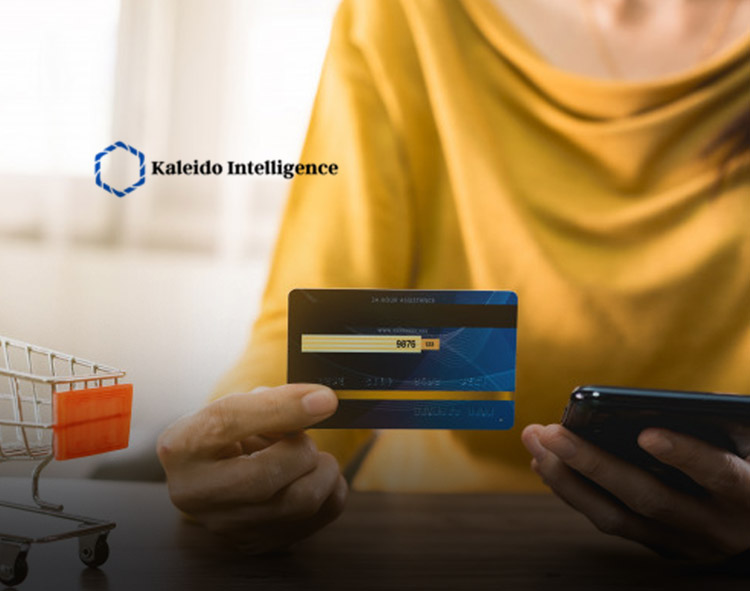SHIFT IN CONSUMER BEHAVIOUR DRIVEN BY CREDIT-HUNGRY MILLENNIAL AND GEN-Z SHOPPERS
New data from fintech research specialists Kaleido Intelligence has found that $680 billion will be spent by global consumers using ePOS finance/Buy Now Pay Later (BNPL) over eCommerce channels in 2025. This will represent a 92% rise over the $353 billion spent in 2019.
BNPL’s value will reach over 12% of total eCommerce spend on physical goods by 2025, according to Kaleido’s new report on Digital BNPL & ePOS Financing: Market Outlook 2020. The research found that eRetail and marketplaces will represent a core focal point for alternative financing mechanisms, owing to the higher average ticket price.
BNPL Goes Global, with Europe a $347 Billion Market in 2025
BNPL services, also known as POS credit or POS financing, has its roots in less-developed eCommerce markets as a means to offer instalment payments at low- or zero-interest.
Its popularity is rapidly increasing in markets such as North America and, most notably, Europe. While credit card use in these markets is prevalent, there are signs that consumer behaviour is beginning to shift. This is evidenced by the rise of BNPL companies such as Klarna, which was recently valued at $10.6 billion; double that over investors’ valuation in 2019.
Kaleido predicts that Europe will be responsible for some $347 billion eCommerce spend via BNPL mechanisms in 2025, representing 30% of total eCommerce spend in that year.
Read More: EBANX and Amazon Announce Partnership in Colombia During the Latin America Summit
Mobile Strategies & COVID-19 Accelerate Spend
BNPL’s popularity with younger demographics tallies with relatively high spending over mCommerce channels, which will rise at an average of 16% between 2018 and 2025, significantly outstripping the online channel. Major players have effectively leveraged social media platforms to generate product awareness among millennial and Gen-Z shoppers.
Meanwhile, the COVID-19 crisis has led to worldwide changes in consumer shopping habits, with digital channel spending increases serving to accelerate the BNPL market. With the pandemic’s influence likely to extend into 2021-22, these short-term behavioural changes will increasingly become societally embedded.
Shifting Consumer Behaviour Will Require New Strategies
BNPL’s value should undoubtedly come as a warning sign to incumbent financial institutions, whose sole method of offering finance for eCommerce is the credit card or cumbersome online financing offers.
Steffen Sorrell, Research Lead at Kaleido Intelligence commented: “The market is set to see consolidation and further partnerships from incumbents, given the competitiveness and comparative strength of Klarna, PayPal and Afterpay, with the ability to present a compelling offering to draw BNPL customers away now seen as challenging.”
Notably, both Visa and Mastercard have recently entered the BNPL market, with Visa Installments and Mastercard’s acquisition of Vyze and partnership with Splitit respectively.
Read More: Leading Crypto Exchange PayBito Offers the Largest Variety of Utility Tokens in India
